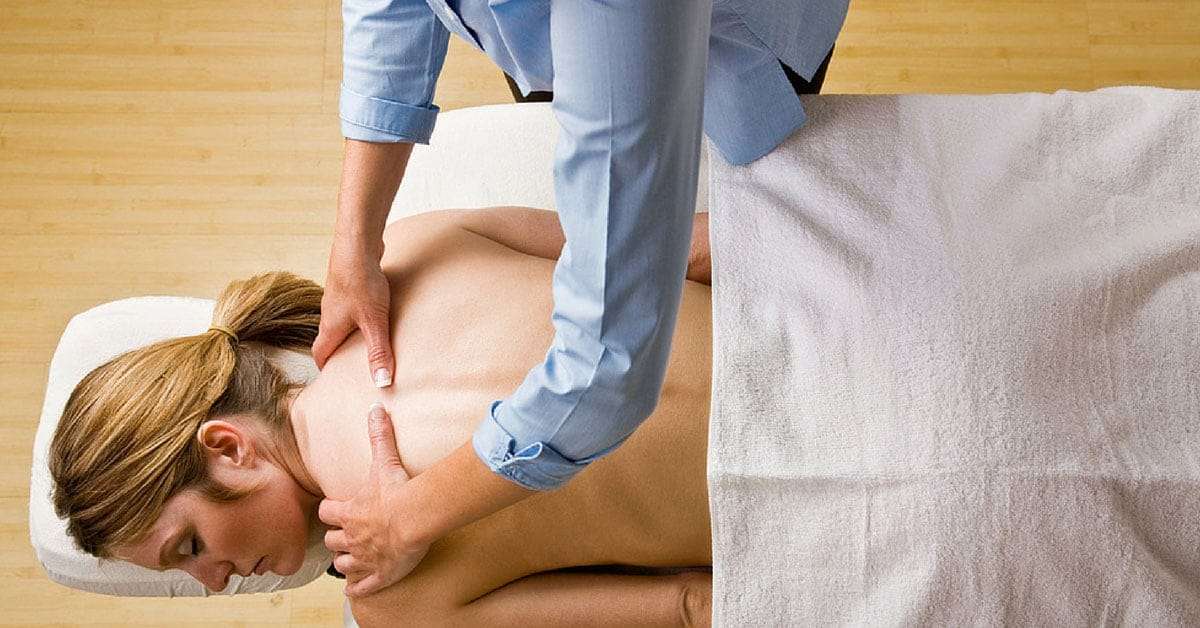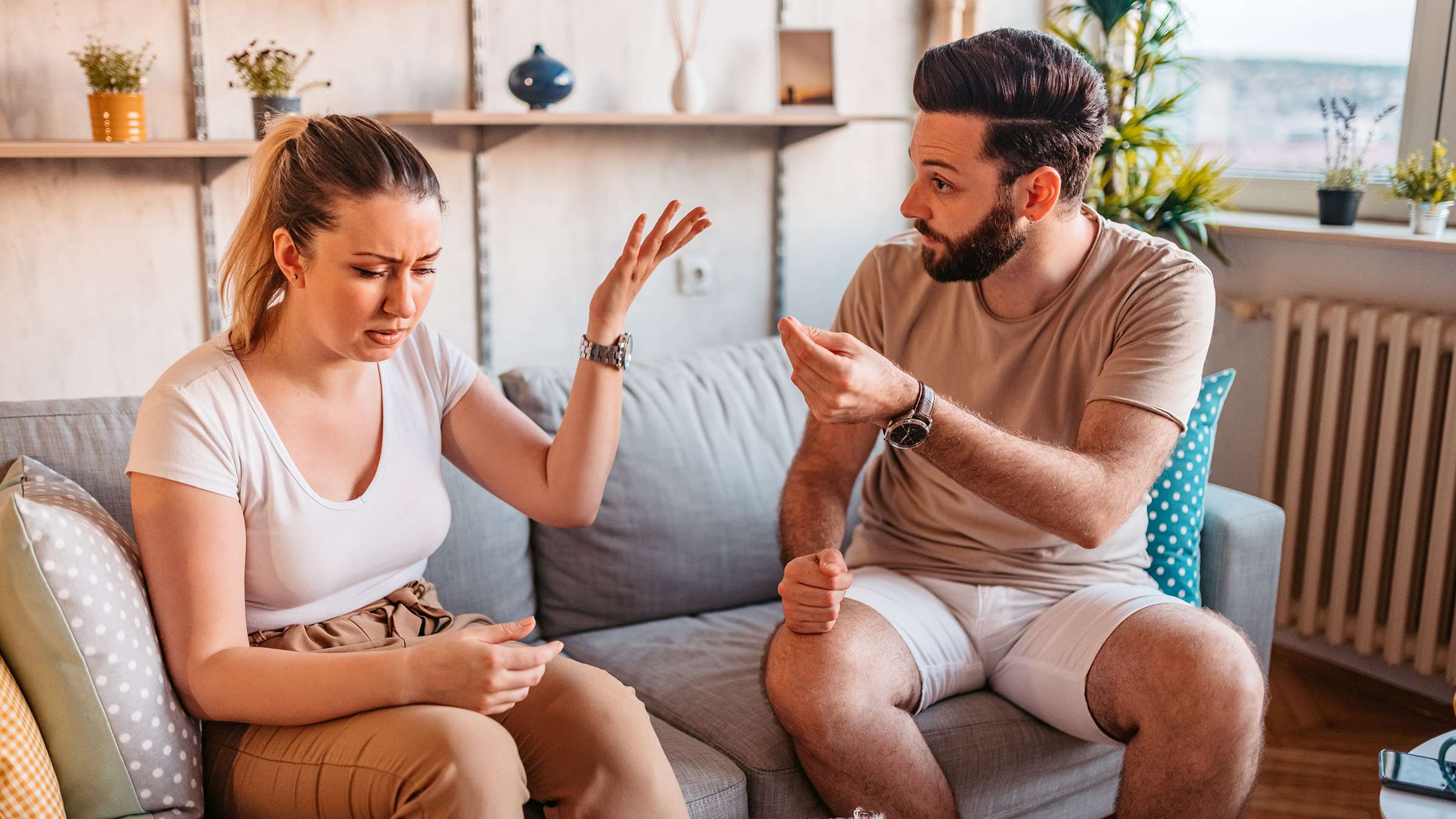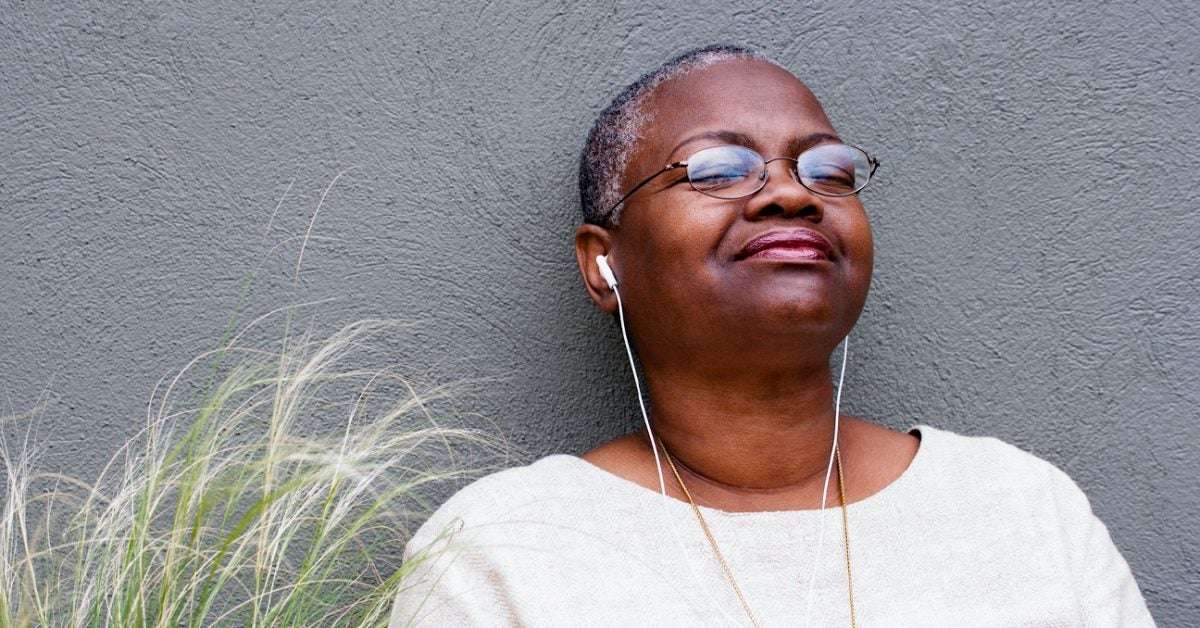

When you talk to massage therapists about whey they do, they will often refer to a “modality” that they specialize in. What do they mean?
In massage therapy, as in many other career paths, certain words that you might not hear every day are common within the field. “Modality” is one of those words. According to Vocabulary.com, modality is “the way or mode in which something exists or is done.” A massage therapist would say that a modality refers to the approach that he or she might take with a client.
A massage therapist’s modalities are their tools
A massage therapist usually has a variety of different modalities in his or her set of skills. At a massage school such as First Institute, we introduce massage therapy students to a number of different modalities. Each one can be effective, depending on the situation. When matching up a style of massage to a particular client and their needs, the massage therapist can choose from up to 200 types of massage!
Some of the most well-known modalities in massage therapy are:
- Swedish Massage – the relaxing massage many people often associate with resorts and spas
- Trigger Point Therapy – relaxing a tight muscle that causes pain locally and in other parts of the body. This modality treats pain at its source with cycles of pressure and release.
- Deep Tissue Massage – similar to Swedish massage, and focusing on the deepest layer of muscle and fascia (the wrapping around our muscles)
- Sports Massage – often focuses on areas of overuse or injury, common with athletes
- Cranial Sacral Therapy – this modality focuses on the areas at the top and bottom of the spinal column to help relieve pan from headaches, jaw problems, back and neck pain
- Reflexology – treats areas around the body by concentrating on massage of the hands, feet and sometimes ears. Reflexology is based on the eastern belief in energy meridians
- Lymphatic Drainage – Draining the lymph nodes and canals by elevating and applying pressure. This modality is often used with cancer patients whose lymphatic system has been damaged through surgery and radiation.
- Chair massage – a convenient and often shorter massage of the neck, arms and shoulders. The massage therapist uses a massage chair, where the client is upright and clothed. This modality is excellent for workplace massages or massages in more public locations, like a shopping mall.
There isn’t enough room in this post to describe all the modalities that a massage therapist may use. In fact, it is not unusual for a massage to contain two or more modalities. A good massage therapist will be familiar with many of them, and specialize in a few.
Learn Massage Therapy Techniques at First Institute
To find out more about the modalities that First Institute teaches in its massage program, you can book a tour of our school. We encourage you to talk to our admissions representatives, instructors and students.
More on Massage Therapy:
[wpu_silo links=’21’]

ABMP members practice more than 350 modalities of massage and bodywork. How do we keep track of them all? The Glossary of Massage and Bodywork Techniques on our client-education site Massagetherapy.com, where we list and define all types of massage and bodywork.
You can see the glossary at www.massagetherapy.com/glossary/index.php.
Here are a few highlights:
Aston-Patterning: Aston-Patterning is an educational process developed by Judith Aston in 1977 that combines movement coaching, bodywork, ergonomics, and fitness training. It can be helpful to individuals seeking relief from acute or chronic pain or for those wishing to improve their posture and increase the efficiency of their movement patterns, either in activities of daily living or complex activities, such as athletics or the performing arts. The movement work, neurokinetics, has two divisions.
Deep-Tissue Massage: Techniques that utilize deep-tissue/deep-muscle massage are administered to affect the sub-layer of musculature and fascia. These techniques require advanced training and a thorough understanding of anatomy and physiology. The muscles must be relaxed in order to effectively perform deep-tissue massage; otherwise, tight surface muscles prevent the practitioner from reaching deeper musculature. It helps with chronic muscular pain and injury rehabilitation, and reduces inflammation-related pain caused by arthritis and tendinitis.
Lomilomi: This system of massage utilizes very large, broad movements. Two-handed, forearm, and elbow application of strokes, which cover a broad area, are characteristic of lomilomi. Although it is similar to Swedish massage in many aspects, this system uses prayer and the acknowledgment of the existence of a higher power as an integral part of the technique. Lomilomi—Hawaiian for “rub rub”—is described by teacher Aunty Margaret Machado as the loving touch: a connection between heart, hand, and soul with the source of all life.
Rolfing Structural Integration: A method to reorder the major body segments, Rolfing was founded by American biochemist Ida P. Rolf, PhD, in the 1940s. Rolfing utilizes physical manipulation and movement awareness to bring head, shoulders, thorax, pelvis, and legs into vertical alignment. It allows more efficient use of the muscles with less expended energy by lifting the head and chest and lengthening the body’s trunk. A sense of lightness and greater mobility often result from Rolfing. Treatments are offered in a 10-session series, as well as advanced sessions.
Tui Na: Tui na is an ancient Chinese system of manual therapeutics with a wide range of techniques and indications. While traditional Chinese medical precepts form its theoretical basis, clinical experience governs its application. Tui na techniques range from light and soothing to strong and invigorating. Refined over the centuries, tui na facilitates healing by regulating the circulation of blood and qi (vital energy), which controls body function and enhances resistance to disease.
Did you know? Massagetherapy.com gets more than 1 million visits each year. If you’re an ABMP member, make sure your customized listing is filled out and ready to meet potential clients—update it at www.abmp.com/members/marketing-center/client-education-tools/referral-listing.
10 Types of Massage Modalities to Choose From
Swedish Massage
If you’ve never experienced a massage before, or are sensitive to touch, we often start with a Swedish massage. Our therapists will use this technique if you are seeking a relaxing massage that will release the tension in your muscles and provide a soothing experience that might just lull you to sleep.
Deep Tissue Massage
For those who have a high tolerance for pain, have muscle problems or chronic pain; deep tissue massage may be for you. Deep pressure is applied, allowing the massage therapist to reach deeper layers of your muscles and creating a more intense experience.
Hot Stone Massage
Just as the name implies, our therapists use hot stones in this massage technique. The stones help improve blood flow and relieve pain. The heated stones are placed around your body and used to apply deeper pressure on sore areas or tight muscles.
Sports Massage
For athletes, the benefits of sports massages are two-fold: they aid in post event recovery and help prevent further injuries. Sports massage can also increase both flexibility and performance.
Reflexology
Reflexology is a type of bodywork where pressure is applied to major pressure points on the hands and feet. These points correlate with various organs and body parts through energy channels in the body. Applying pressure to these points on the hands and feet removes energy blocks and promotes health in those areas of the body.
Prenatal Massage
Pregnant women can safely and comfortably seek relief from discomfort with prenatal massage, often provided on a table in a side-lying position. Prenatal massage helps with aches and pains associated with pregnancy and can help alleviate stress and anxiety.
Cupping
Cupping became more popular in the United States when Olympic swimmer Michael Phelps arrived at a competition in 2016 with purple circles on his back from a cupping treatment. Cupping uses special cups that provide suction and negative pressure, pulling muscles as opposed to typical massage which pushes on the muscles. Cupping helps relieve pain, loosen muscles, and encourage blood flow; leaving you feeling more relaxed.
Cranio-Sacral
CranioSacral Therapy (CST) is a gentle, hands-on therapy that alleviates headaches, muscle pain, anxiety, pressure, general strain and chronic pain. CST works with the cerebral spinal fluid, cranial bones and connective tissue to relieve restrictions in the body and create synchronicity of these symptoms.
Couples Massage
With two massage tables alongside one another, couples massage requires two therapists working together to bring comfort and relief to two individuals. Couples massage does not have to be for a “couple” in the traditional sense. Quite often, mothers and daughters, best friends or anyone can come in and save time by combining two treatments at once, while chatting with one another or relaxing in a quiet atmosphere.
Chair Massage
Chances are you’ve seen or experienced a chair massage while walking through a mall or farmers market. Chair massage is great for busy people who work at a computer all day since the therapist can focus on the trouble areas that normally arise from desk work: shoulders, back, arms and neck. Corporate wellness programs are also bringing chair massage to their employees and we are pleased to be able to provide this service to offices and small businesses in San Diego.
Which type of massage is right for me?
If you’re not sure which massage technique is right for you, our massage therapists will be happy to provide you with some guidance as they help create a wellness plan that can help you improve your sleep, boost your mood and leave you feeling relaxed and ready to take on the day.
Book your next massage appointment now!



